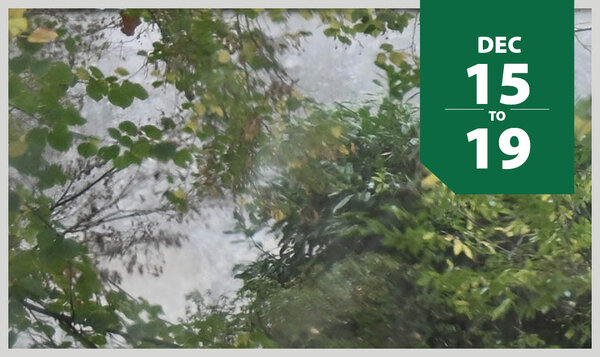
Writing True Stories
Award-winning author Allan Casey talks about writing and teaching creative nonfiction
Writing True Stories
by dee Hobsbawn-Smith
Allan Casey is reluctant to pin himself down. The author, who received the Governor General Award for his book Lakeland: Ballad of a Freshwater Country, admits to a wide range of interests, from uranium and nuclear energy to race relations in Canada. It is next to impossible to ascertain if his interests precede or result from his long career as an award-winning journalist.
“I am interested in practically everything,” Casey said, “and it’s a happy illness, attention surplus disorder, this fascination with how things fit together. (Writing is) the only job that allows you to become deeply immersed in the kinds of things you otherwise have to be a professional to explore.”
Casey is currently teaching creative nonfiction in the MFA in Writing Program. For his grad students, the happy result of his far-ranging curiosity is exposure to a deep bank of writers and thinkers, which the students experience via book excerpts.
“Creative nonfiction is too vast a field to capture by assigning book-length readings,” Casey explained. “We would only cover three or four authors that way. We sample a different author every week, mostly contemporary.”
He cited Virginia Woolf and George Orwell as stylistic inspirations, along with rock poet Patti Smith’s memoir, Just Kids, Helen McDonald’s H is for Hawk and Nobel laureate Svetlana Alexievitch’s oral history, Voices from Chernobyl. The students each present two authors, so by the end of the course they get a taste of perhaps 25 writers, most of whom are new to them.
Differentiating between journalism and creative nonfiction can be messy. “Academics want neat differentiations but they don’t really exist,” he said. “Excellent creative work cohabits with ‘just’ journalism. In The New Yorker, some pieces are straight journalism and others are more nuanced, stylized. I like that creative nonfiction has roots in journalism and practical-minded writing.”
Creative nonfiction matters in much the same way that fiction does, said Casey, who is currently working on a novel, his first. “(Creative nonfiction) helps us examine the world we live in …(through) literal and factual truths.”
He added that journalism, the root of nonfiction writing, is at a low ebb. “The internet has finally collided with conventional print and smashed it to pieces. … Does that result in poor quality copy and unreliable info? Absolutely, but to get freewheeling opinion and diversity is a good thing.”
Like fiction, Casey believes that nonfiction writing relies on a half-dozen ingredients, including good use of significant detail and knowing when to quote someone and when to paraphrase. “The storytelling imperative is identical, and like chess, getting good at it takes a little while,” he said. It is always a shock to writing students more familiar with fiction to grapple with the idea of sticking to the facts and telling the truth.
“I can’t help them a whole lot except to throw them in,” he admitted. “I send them out the front door to get material, to write from life, to come back with a story based on that. After adjustment, they see the possibilities.”


